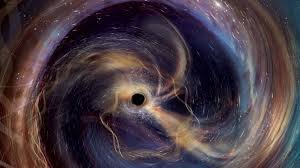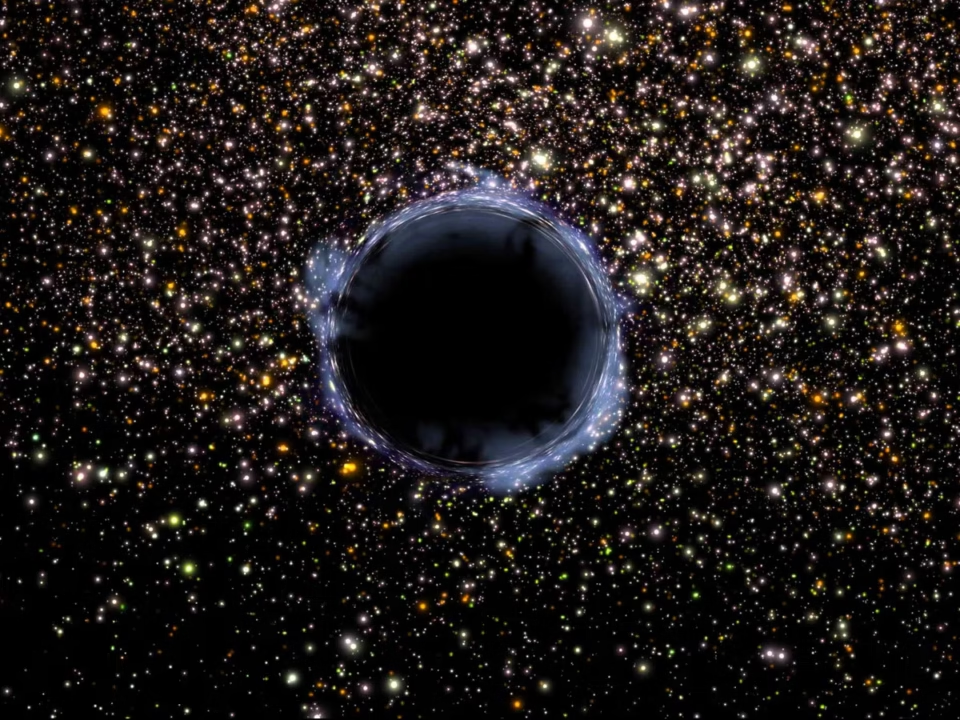Gravitational Waves Unlock New Secrets About Black Holes
Black holes are some of the most mysterious objects in the universe, and despite decades of research, we still know very little about them. It was only about a decade ago that scientists confirmed their existence by detecting gravitational waves—ripples in spacetime caused by massive cosmic events.
Since that groundbreaking discovery, gravitational waves from colliding black holes have offered unprecedented insights into their physics. On January 14, 2025, the loudest gravitational-wave signal ever recorded, named GW250114, was captured by the LIGO observatories. This landmark observation allowed scientists to test key predictions of Einstein’s theory of general relativity, including the nature of black holes and Stephen Hawking’s area law theorem, with remarkable precision. The findings, published in Physical Review Letters, represent a major step forward in understanding gravity and black hole behavior.

What Are Black Holes?
Black holes are regions of spacetime with gravitational pull so strong that nothing—not even light—can escape their event horizon. They typically form when massive stars collapse under their own gravity after exhausting their fuel, exceeding a critical mass known as the Chandrasekhar limit.
While black holes themselves are invisible, their presence is inferred through the effects they have on surrounding matter and the gravitational waves emitted during cosmic collisions.
The Power of Gravitational Waves
Gravitational waves were first predicted by Einstein in 1916. These ripples occur whenever massive objects accelerate through spacetime. Among the most powerful sources are binary black hole systems, where two black holes orbit each other. As they spiral closer, they emit gravitational waves, eventually merging into a single larger black hole.
By studying these waves, scientists can probe the properties of black holes and test the predictions of general relativity.
Hawking’s Area Law
In 1972, Stephen Hawking proposed that when two black holes merge, the surface area of the final black hole’s event horizon must always be larger than the sum of the two original black holes’ horizons. This principle, known as Hawking’s area law, can be tested by analyzing the final “ringdown” phase of a black hole merger.
The ringdown is similar to the sound of a bell: the tones it emits encode information about the black hole’s mass and spin. Using the strong GW250114 signal, scientists confirmed Hawking’s predictions with high accuracy, further validating Einstein’s theory.
Why This Matters
Gravitational-wave astronomy allows researchers to study black holes in ultra-high definition, revealing details about their mass, spin, and event horizon area. Each new detection helps us understand the most extreme objects in the universe and confirms the fundamental laws of physics.
With signals like GW250114, scientists are now performing the most stringent tests yet of general relativity, confirming that black holes behave exactly as theory predicts—even under the universe’s most extreme conditions.
Black holes remain enigmatic, but gravitational waves are opening a new window into their secrets, offering scientists the tools to study these cosmic giants like never before.

